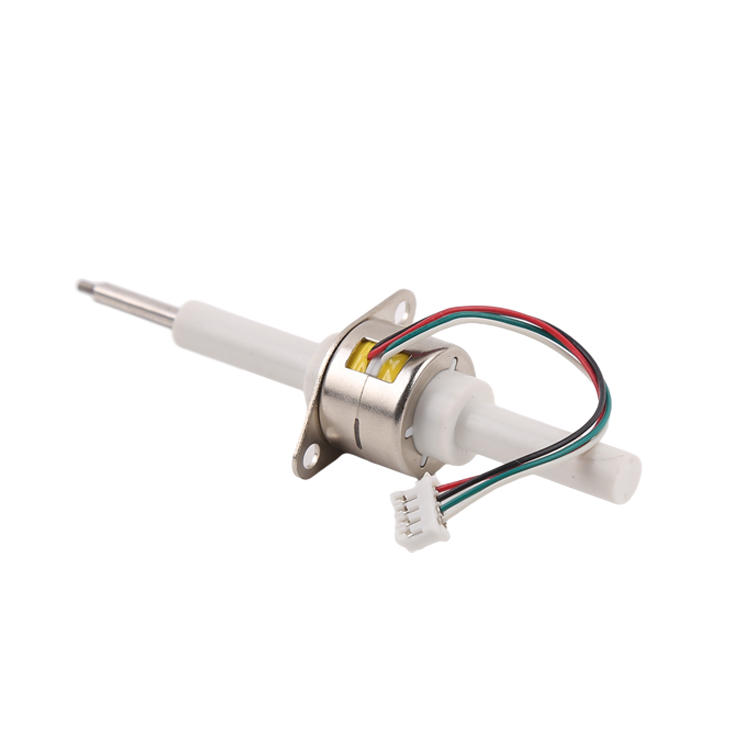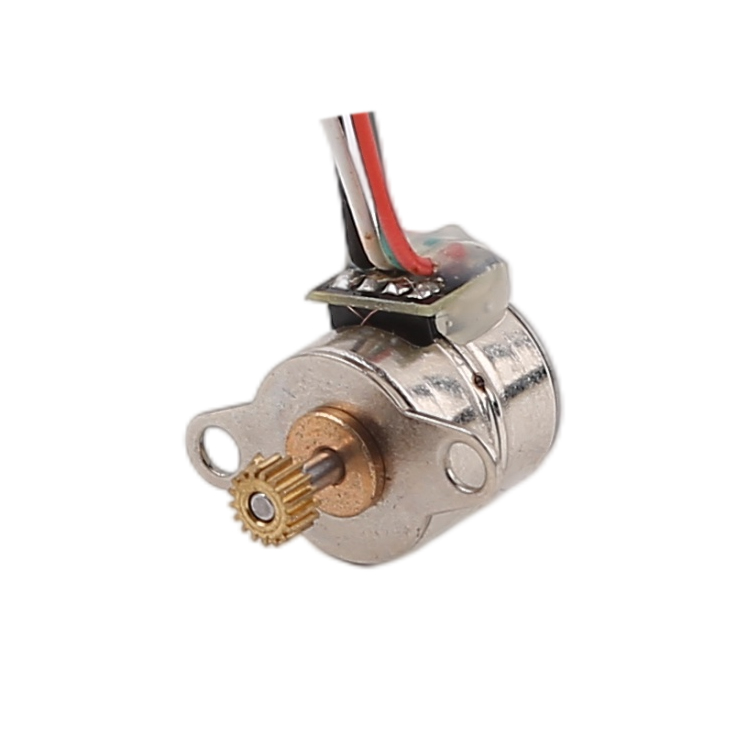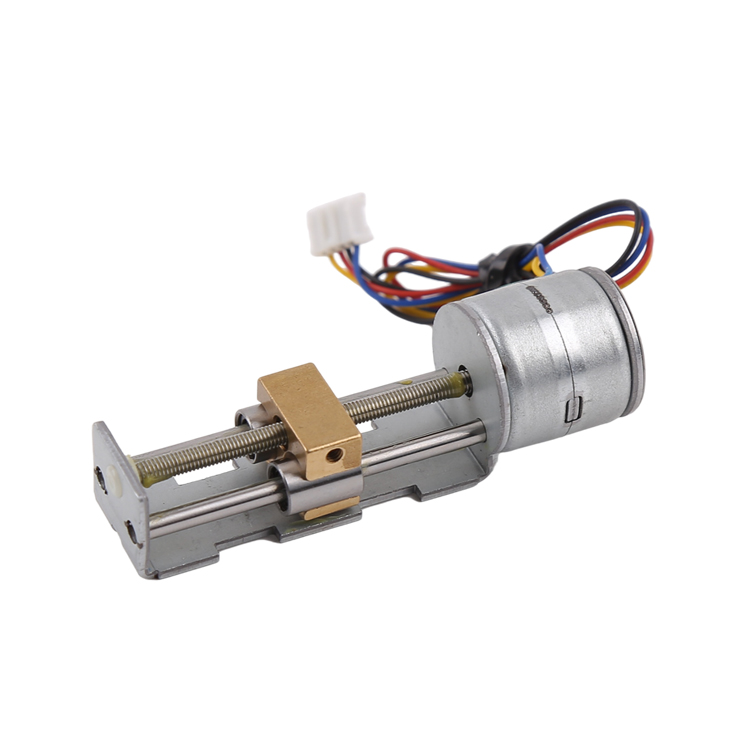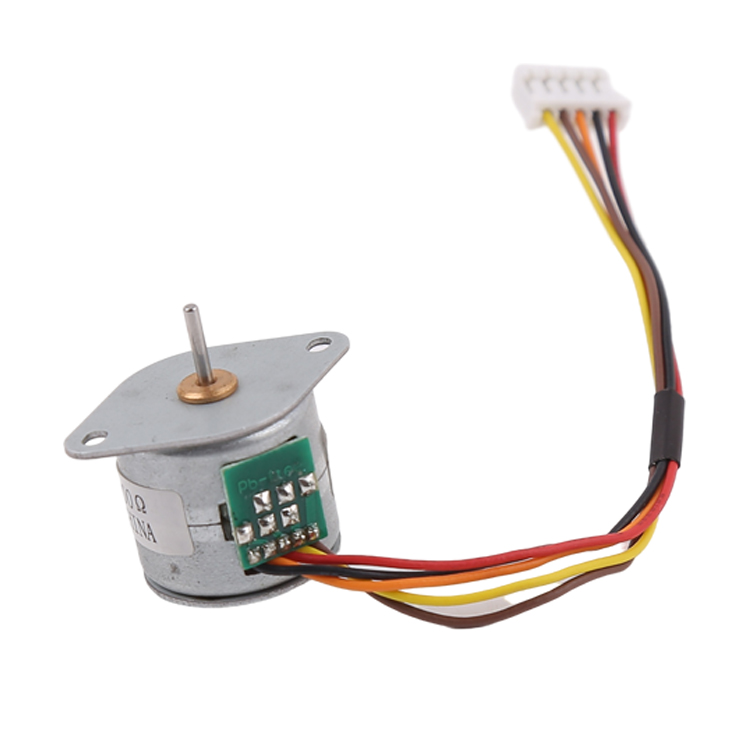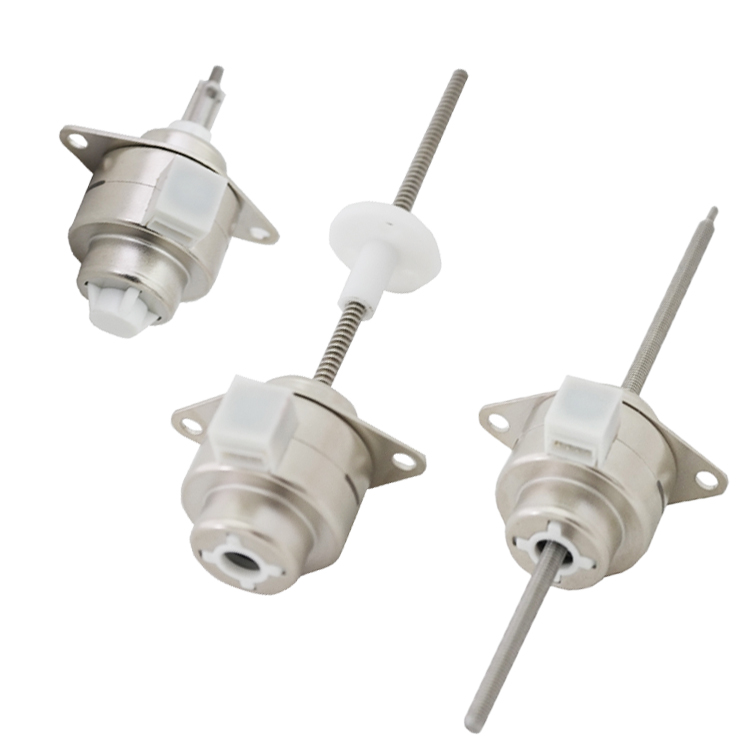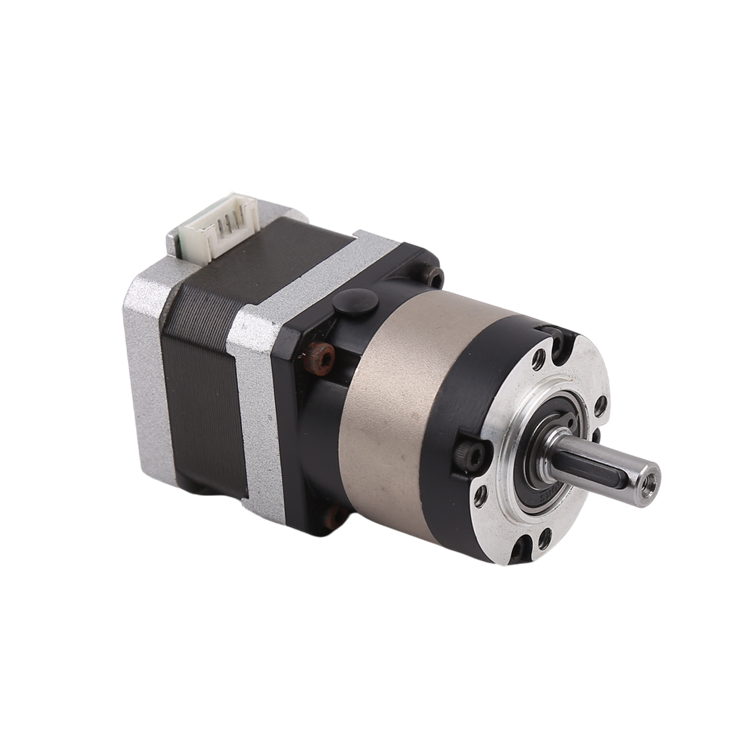When selecting the right motor for your automation, robotics, or precision motion control application, understanding the differences between linear motors and stepper motors is crucial. Both serve distinct purposes in industrial and commercial applications, but they operate on fundamentally different principles. This comprehensive guide explores their key differences in construction, performance, efficiency, and ideal use cases to help you make an informed decision.
Understanding Linear Motors
How Linear Motors Work
Linear motors are essentially “unrolled” versions of rotary motors that produce linear motion directly without requiring mechanical conversion systems like ball screws or belts. They consist of a primary part (forcer) containing electromagnetic coils and a secondary part (platen or magnet track) that generates a magnetic field. When electrical current flows through the coils, it interacts with the magnetic field to create direct linear motion.
Key Characteristics of Linear Motors:
Direct drive system (no mechanical transmission components)
High acceleration and speed (some models exceed 10 m/s)
Extremely precise positioning (sub-micron resolution possible)
Virtually no backlash or mechanical wear
High dynamic response (ideal for rapid movements)
Limited stroke length (unless using extended magnet tracks)
Understanding Stepper Motors
How Stepper Motors Work
Stepper motors are rotary motors that move in discrete steps, converting electrical pulses into precise mechanical rotation. They operate by energizing coil phases in sequence, causing the rotor (which contains permanent magnets) to align with the magnetic field in increments. When paired with lead screws or other mechanical systems, they can produce linear motion indirectly.
Key Characteristics of Stepper Motors:
Open-loop control (typically doesn’t require feedback)
Excellent holding torque when stationary
Good low-speed torque characteristics
Precise positioning (typically 1.8° per step, or 200 steps/revolution)
Cost-effective for many applications
Can lose steps if overloaded
Key Differences Between Linear and Stepper Motors
1. Motion Type
Linear Motor: Produces straight-line motion directly
Stepper Motor: Produces rotational motion (requires conversion for linear movement)
2. Mechanical Complexity
Linear Motor: Simpler overall system with fewer moving parts
Stepper Motor: Requires additional components (lead screws, belts, etc.) for linear applications
3. Speed and Acceleration
Linear Motor: Superior acceleration (often > 10 m/s²) and high speeds
Stepper Motor: Limited by mechanical components and torque characteristics
4. Precision and Resolution
Linear Motor: Sub-micron resolution possible with proper feedback
Stepper Motor: Limited by step size (typically ~0.01mm with good mechanics)
5. Maintenance Requirements
Linear Motor: Virtually maintenance-free (no contacting parts)
Stepper Motor: Mechanical components require periodic maintenance
6. Cost Considerations
Linear Motor: Higher initial cost but potentially lower lifetime cost
Stepper Motor: Lower upfront cost but may have higher maintenance expenses
7. Force/Torque Characteristics
Linear Motor: Consistent force across speed range
Stepper Motor: Torque decreases significantly with speed
When to Choose a Linear Motor
Linear motors excel in applications requiring:
Ultra-high precision positioning (semiconductor manufacturing, optical systems)
Extremely high speeds (packaging, sorting systems)
Cleanroom environments (no particle generation from mechanical components)
Long-term reliability with minimal maintenance
Direct drive requirements where mechanical backlash is unacceptable
When to Choose a Stepper Motor
Stepper motors are ideal for:
Cost-sensitive applications with moderate precision requirements
Systems where holding torque is important
Open-loop control systems where simplicity is valued
Low-to-medium speed applications
Situations where occasional missed steps aren’t catastrophic
Hybrid Solutions: Linear Stepper Motors
Some applications benefit from linear stepper motors, which combine aspects of both technologies:
Use stepper motor principles but produce linear motion directly
Offer better precision than rotary steppers with mechanical conversion
More affordable than true linear motors but with some limitations
Future Trends in Motion Control
The motor technology landscape continues to evolve:
Improved linear motor designs are reducing costs
Closed-loop stepper systems are bridging the performance gap
Integrated smart controllers are making both options more accessible
Material advancements are improving efficiency and power density
Making the Right Choice for Your Application
Consider these factors when selecting between linear and stepper motors:
Precision requirements
Speed and acceleration needs
Available budget (initial and long-term)
Maintenance capabilities
System lifespan expectations
Environmental conditions
For most ultra-high-performance applications, linear motors provide unmatched capabilities despite their higher cost. For many general industrial applications where extreme performance isn’t required, stepper motors remain a cost-effective and reliable solution.
By understanding these fundamental differences between linear motors and stepper motors, you can make an informed decision that optimizes performance, reliability, and total cost of ownership for your specific application.
Post time: Apr-29-2025

